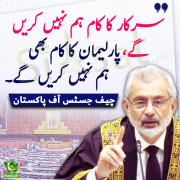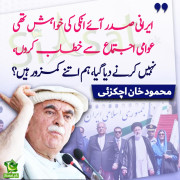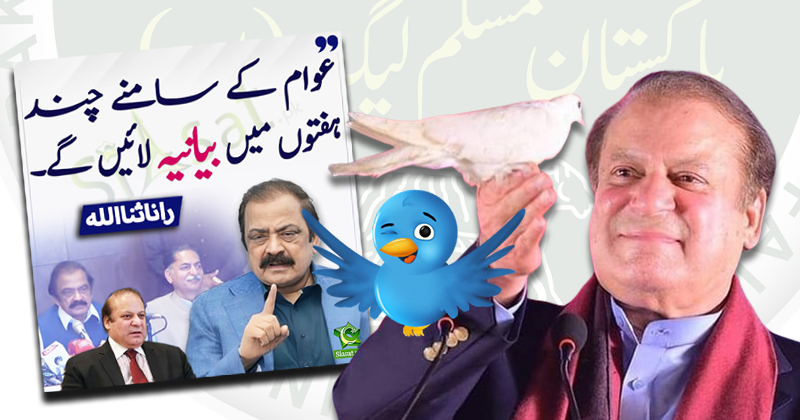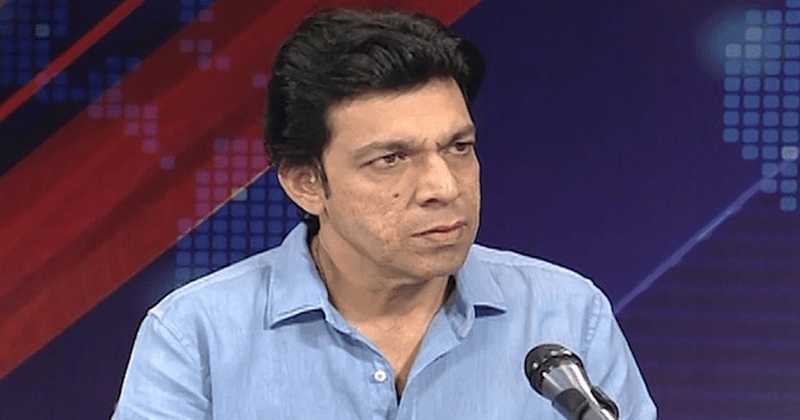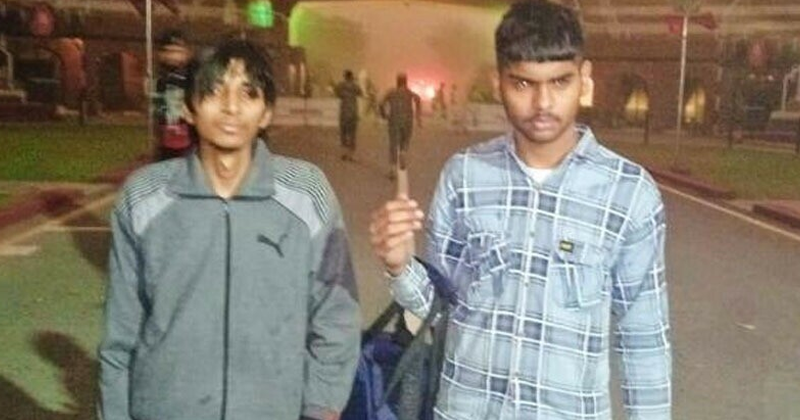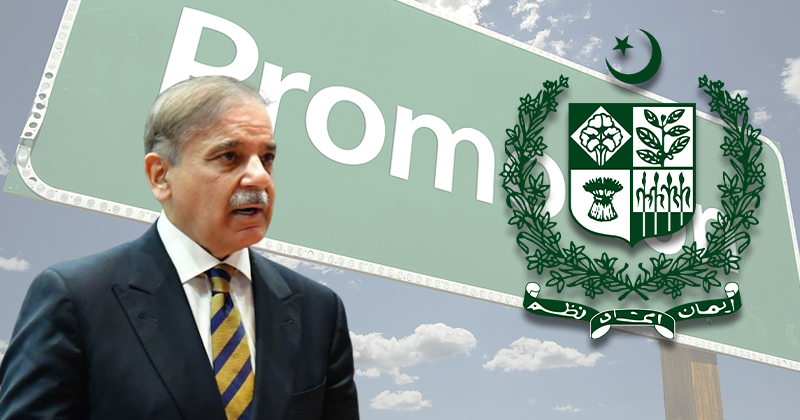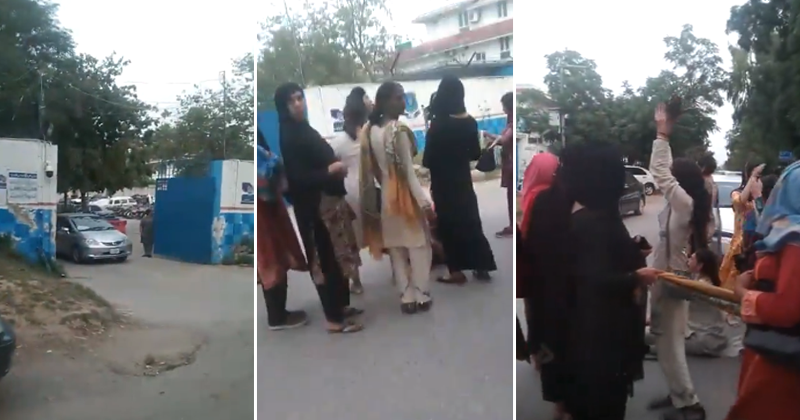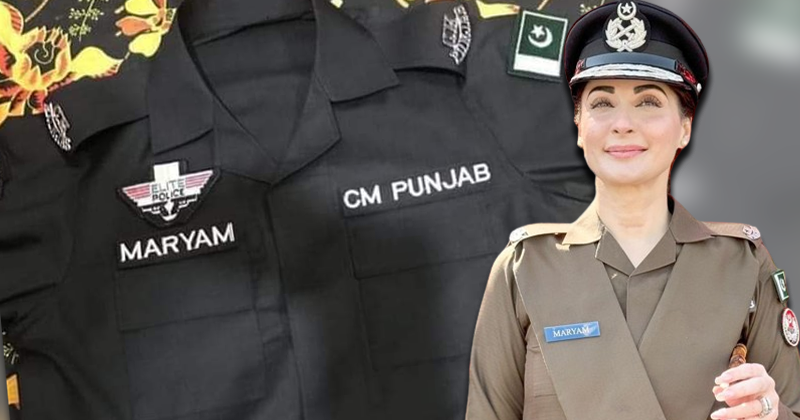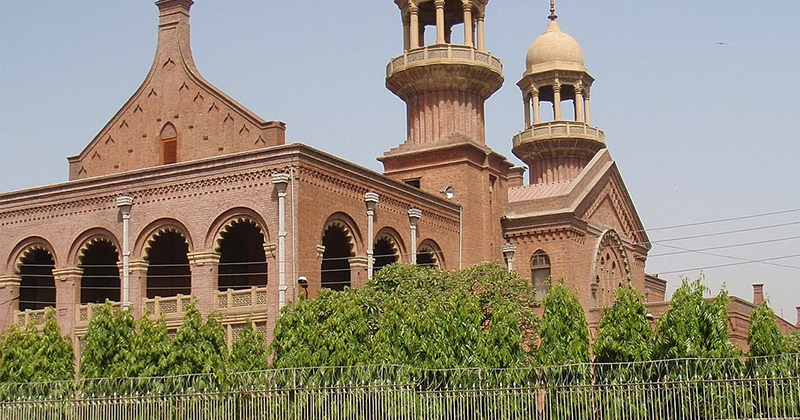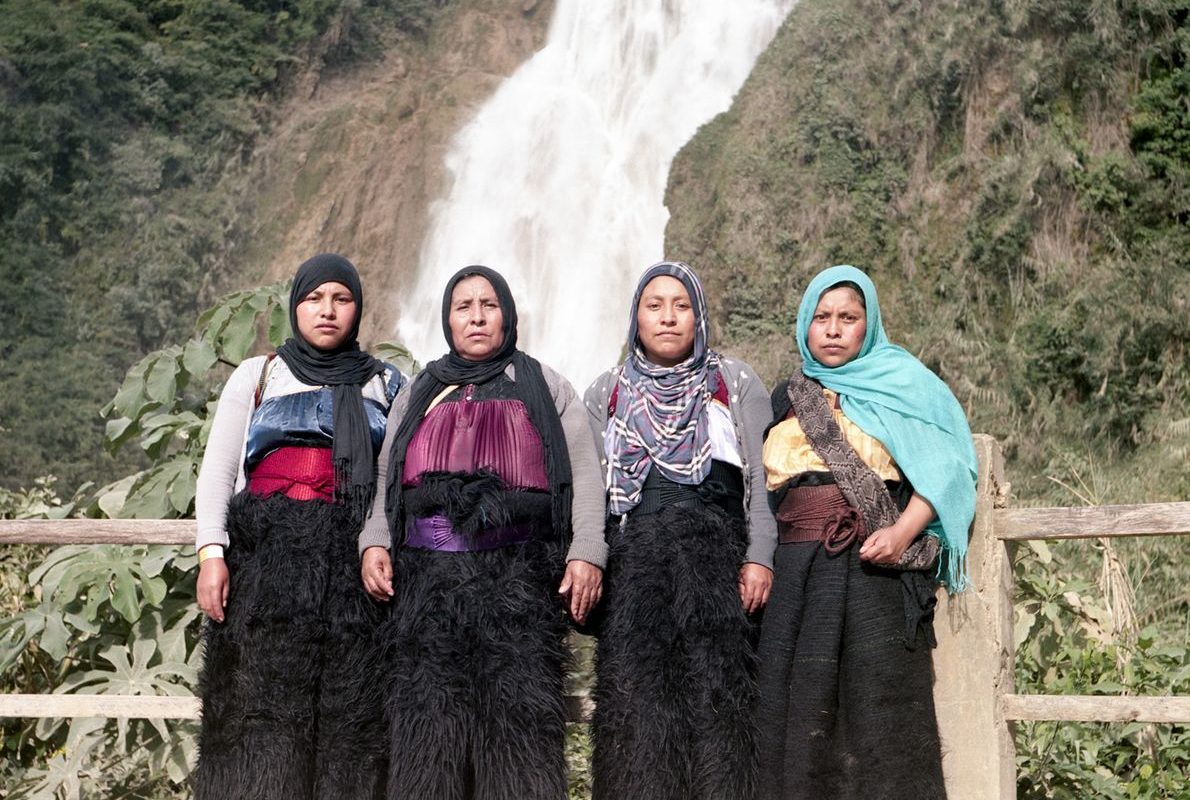
Although relatively small in number, the number of Muslims in Mexico are growing and and offer a beautiful look in the diversity of Muslims under the umbrella of Islam. With the religion being introduced steadily over the past few decades, the country now has around 5,500 native Mexican Muslims, a number that has tripled since what it was 15 years ago. Immigrants from Lebanon, Syria, and even Spanish Sufi Muslims have all moved to Mexico and either inadvertently or purposely spread the message of Islam – although a growing number of Mexicans who embrace Islam have studied and followed it from their own studying.
One village in particular has birthed one of the most unique centers of Islam in Mexico in the southern state of Chiapas. The heartland of the indigenous Mayan people, many of whom identify as Roman Catholic, has seen a surprising number of converts to Islam. This small community of converts located around San Cristobal de las Casas, with most identifying as indigenous Tzotzil peoples, have established their own community of Muslims in the mountainous landscape of southern Chiapas. Many of the locals claim the conversions to Islam gained traction in the 1980s, when the Zapatista movement in Mexico began encouraging criticisms of Christianity and US-influenced capitalism.
The Tzotzil peoples are an ethnically indigenous Mayan group, native to what is now the state of Chiapas in southern Mexico. The word “tzotzil” is said to originally mean “people of the bat” in their native Tzotzil language, which they refer to as the Bats’i k’op language. With their population at a little below 300,000, the Tzotzil people represent one of the last remaining strongholds of descendants from the ancient Mayan empire of Central America.
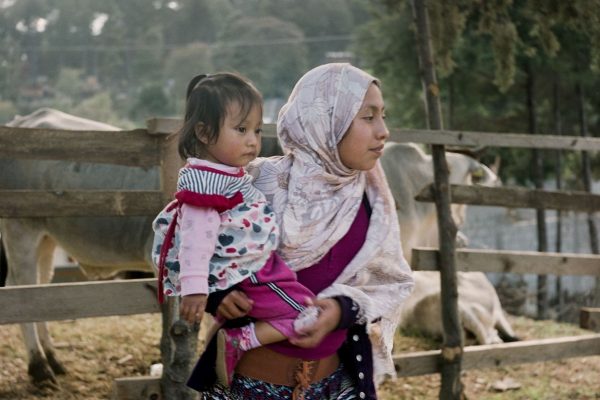
In Chiapas, the Muslim Mayan community members are often distinguished from their Roman Catholic counterparts by the men wearing kufis, or prayer caps, while the women often wear hijabs from traditional Mayan shawls. Mustafa, a member of this small Muslim community, told journalist Edgard Garrido:
"People gave us a weird look when we converted, they thought we were terrorists and were scared of us. But with the passage of time and our own actions, that opinion has changed.”
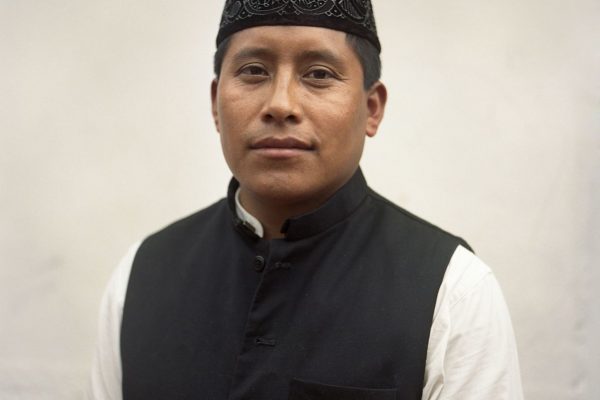
Many of those who converted to Islam, and are now raising families who have only ever known Islam, are working towards balancing both their identities as indigenous Mayan Mexicans, while also being Muslim. It is a similar path that not only converts from around the world face, but also raised-Muslims deal with when balancing a Muslim identity while living in a country that may not be Muslim-majority. Speaking to Italian photographer Giulia Iacolutti, members of the Muslim Tzotzil community told her:
"I want to speak my language, I want to put on the indigenous dress, but I also want to believe in Allah.”
With the number of Latin-American Muslims growing in the United States as well, it remains incredibly empowering to see the beautiful diversity of Muslims around the world. Islam in Mexico, a land of traditional Mayan beliefs, Spanish-influenced Roman Catholicism, and indigenous religions, is slowing gaining traction as more and more Mexicans embrace a religion that emphasizes some of the most beautiful aspects of Mexican culture and morals.
In a world where rampant Islamophobia, blatant racism, and anti-immigrant rhetoric are now openly used by the highest levels of government across the globe, it becomes a duty on our part to embrace, empower, and support diversity in whatever form or shape it may take. As the levels of hatred for Muslims and Islam seem to soar, let us remember and celebrate instead the quiet beauty of a small village in southern Mexico that encompasses the true strength of diversity and tolerance.
Photographs taken by Italian photojournalist Giulia Iacolutti, originally posted on National Geographic.



